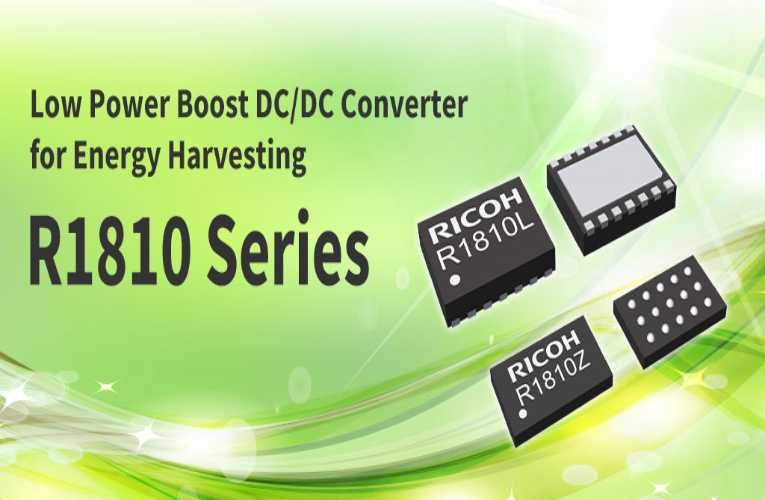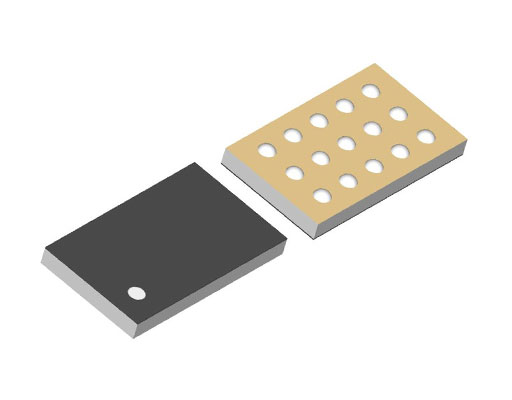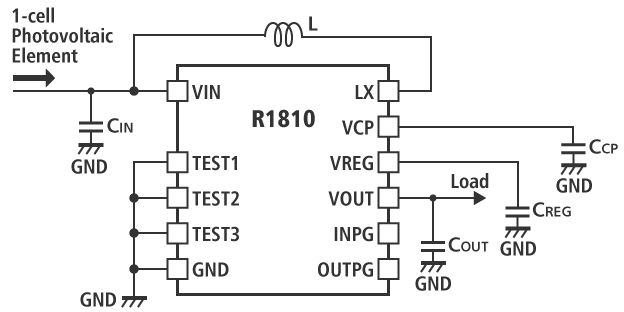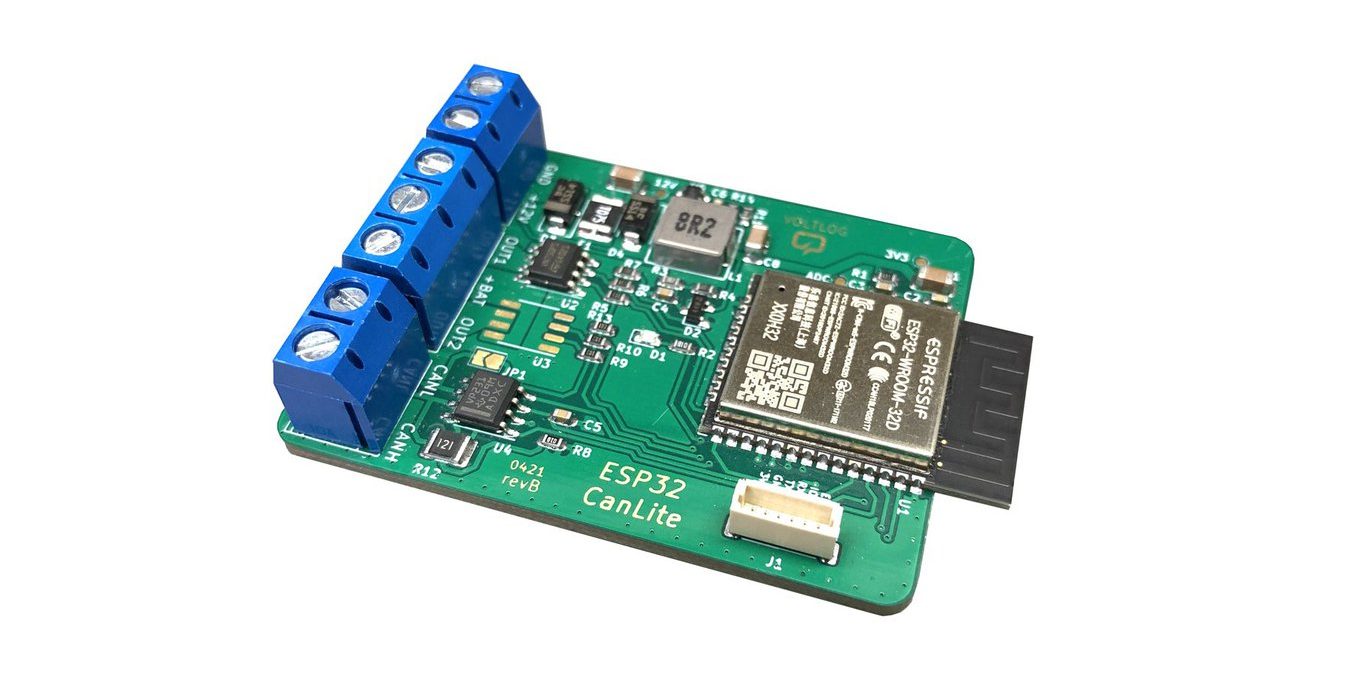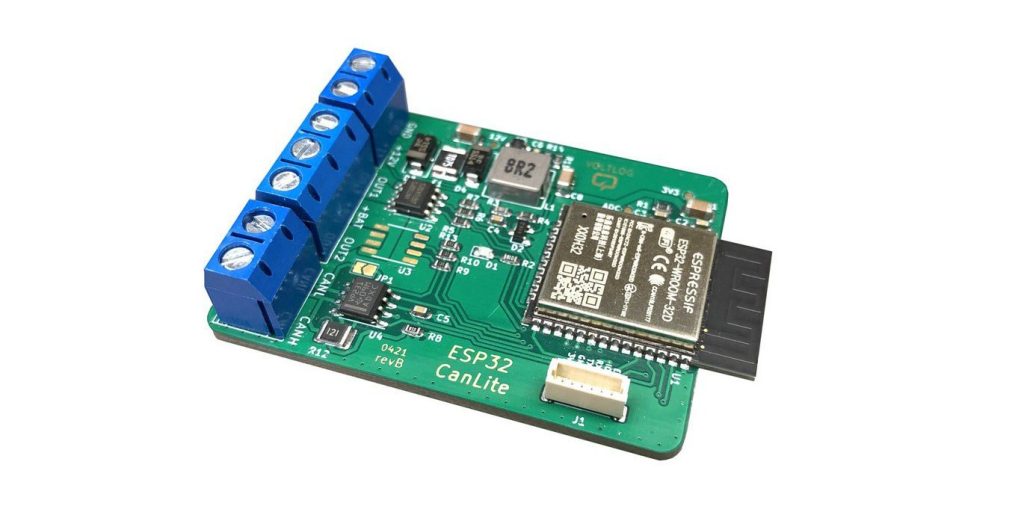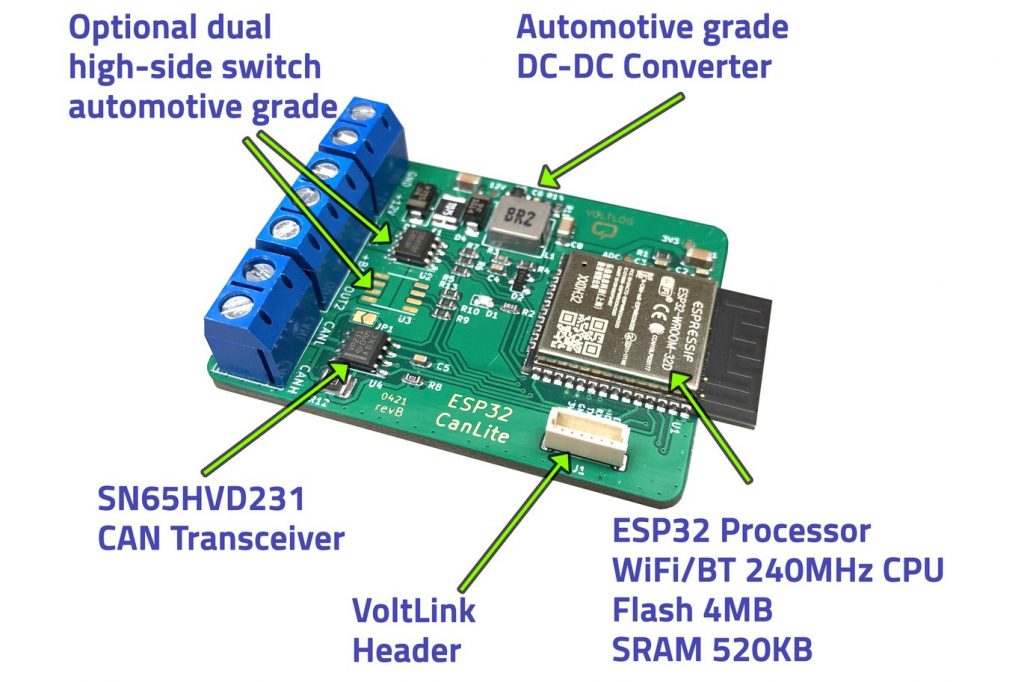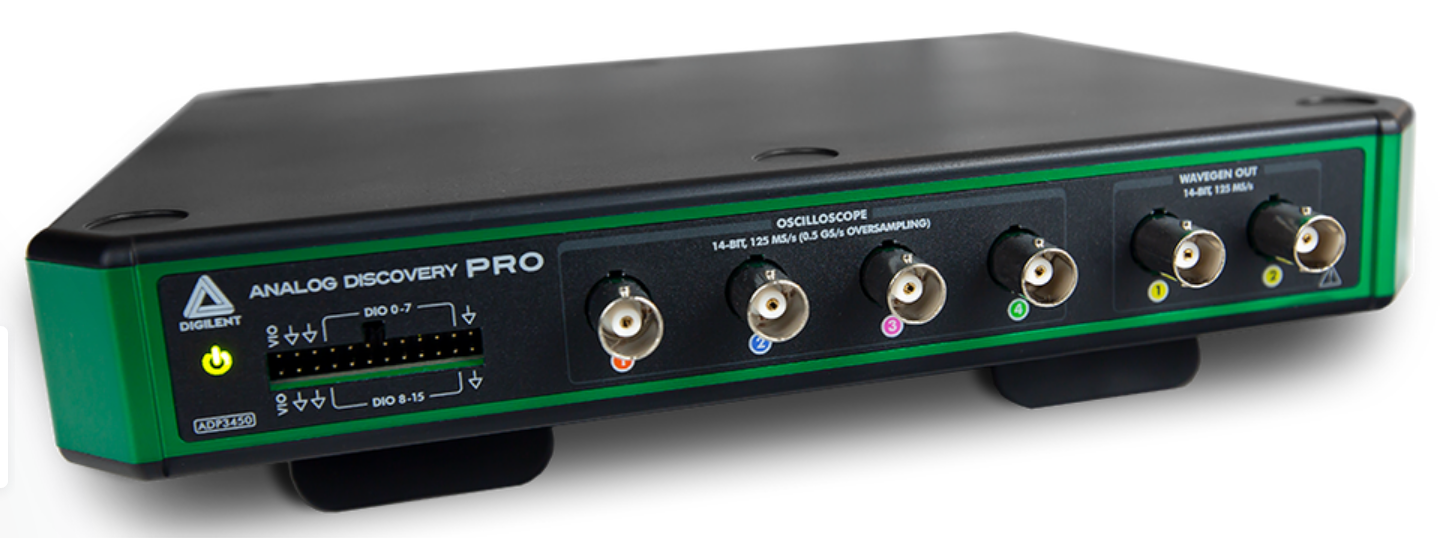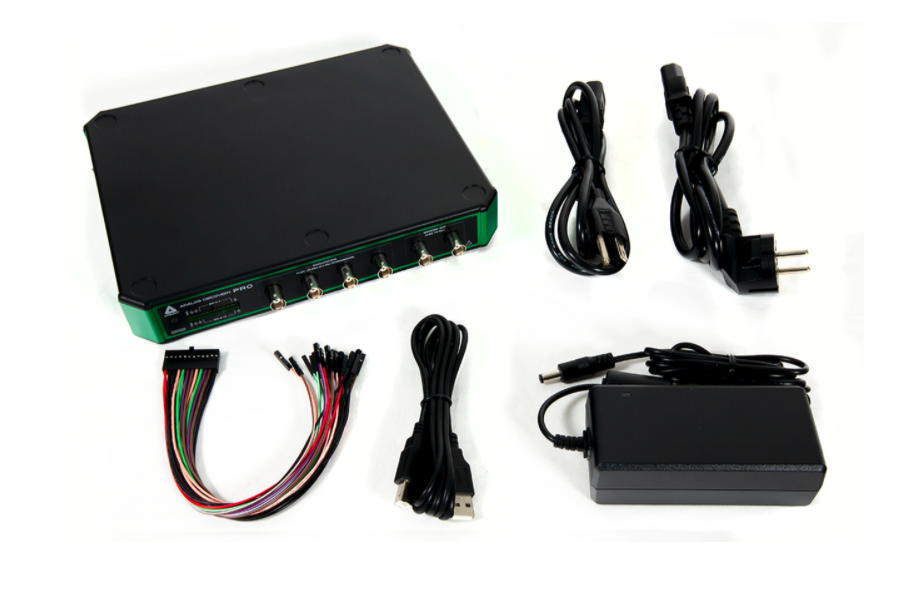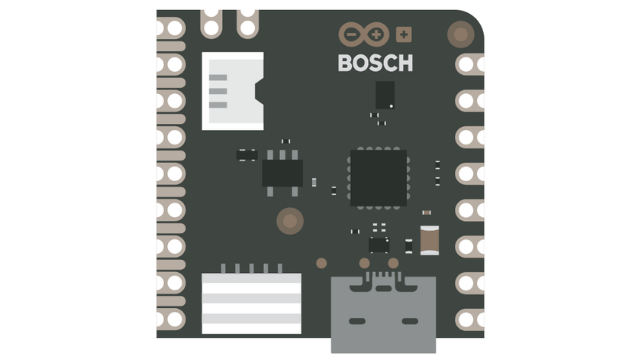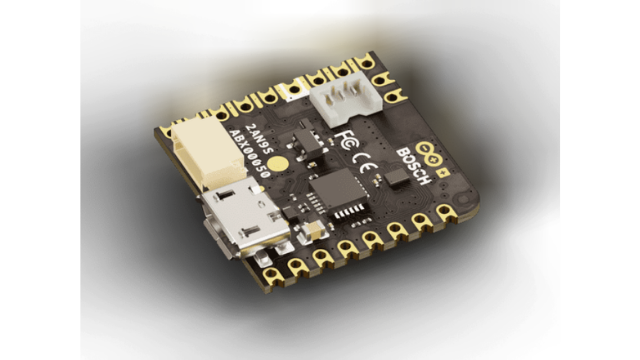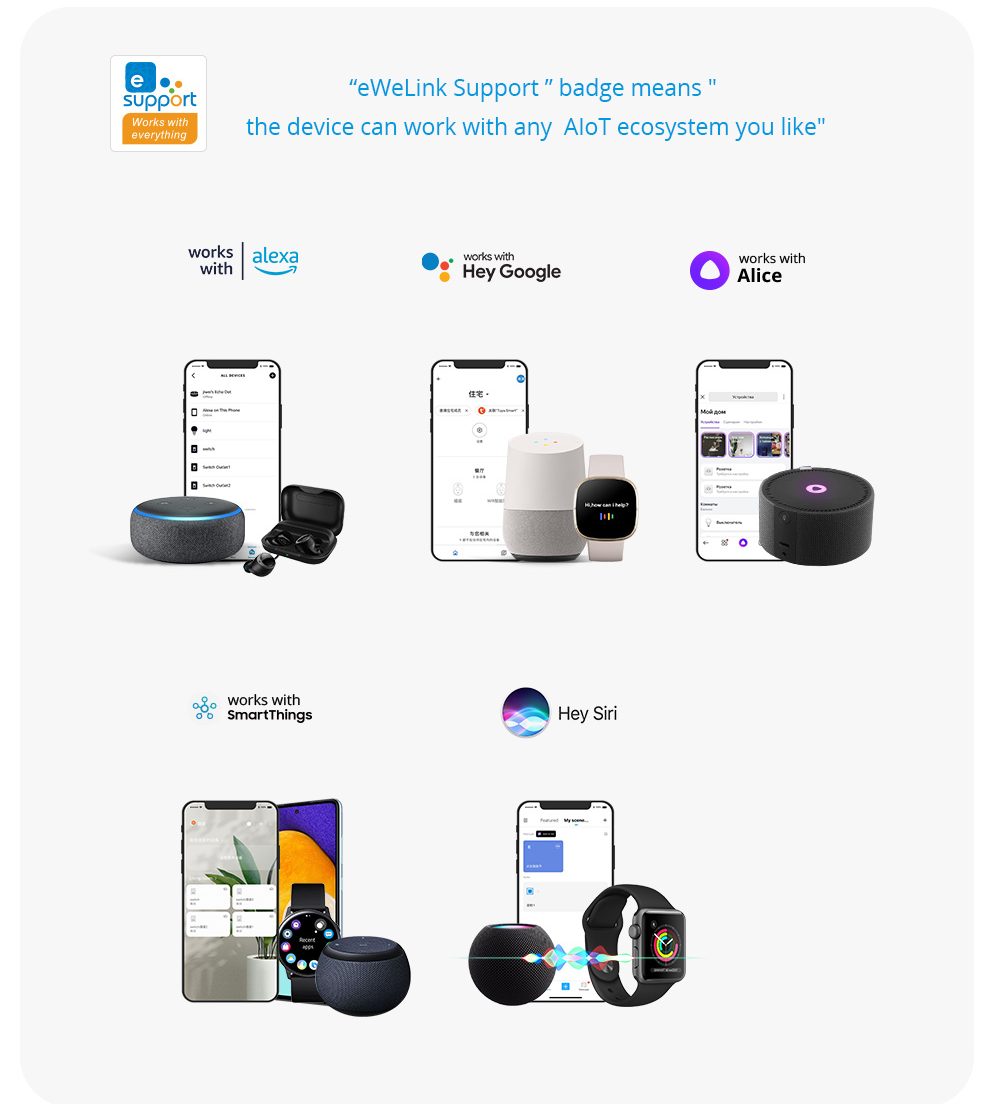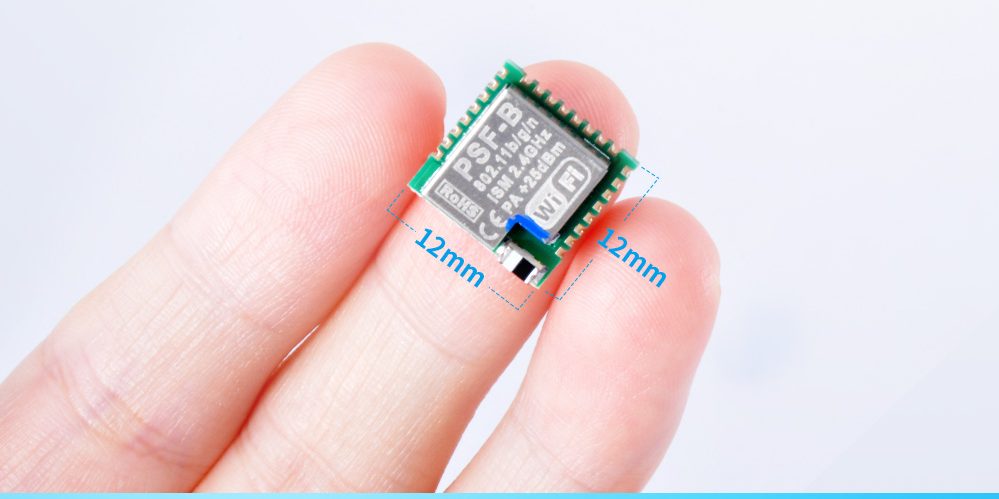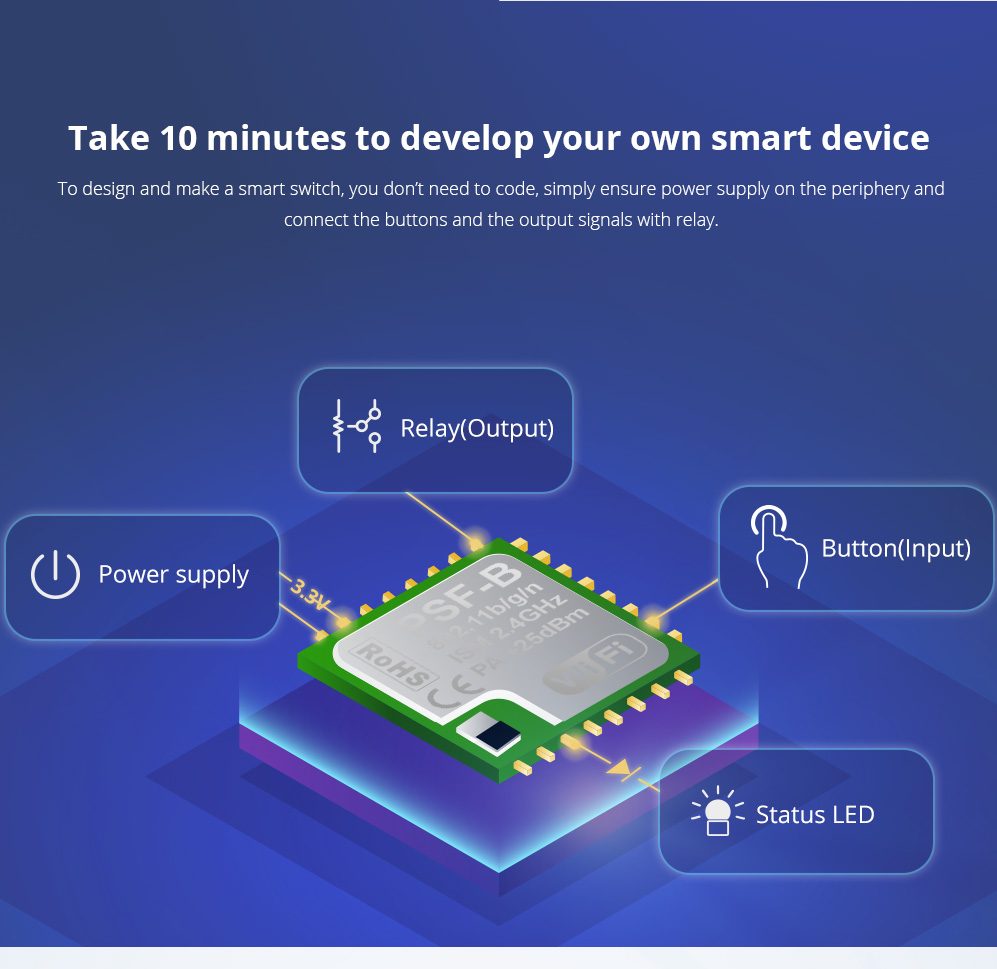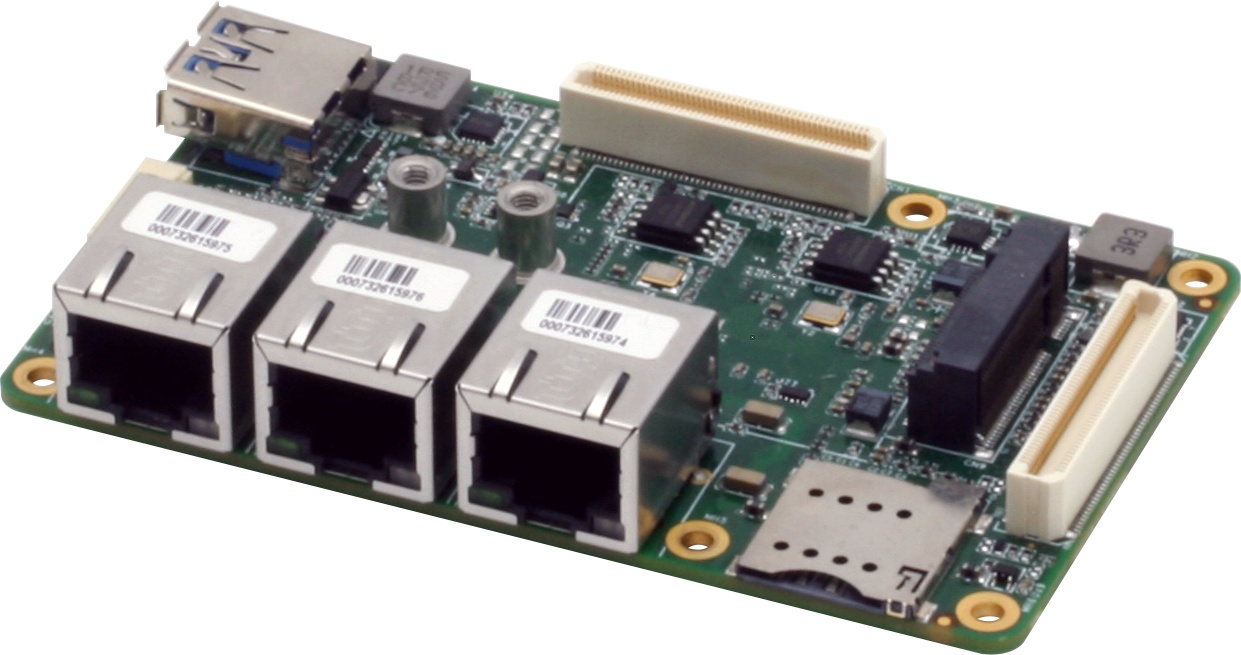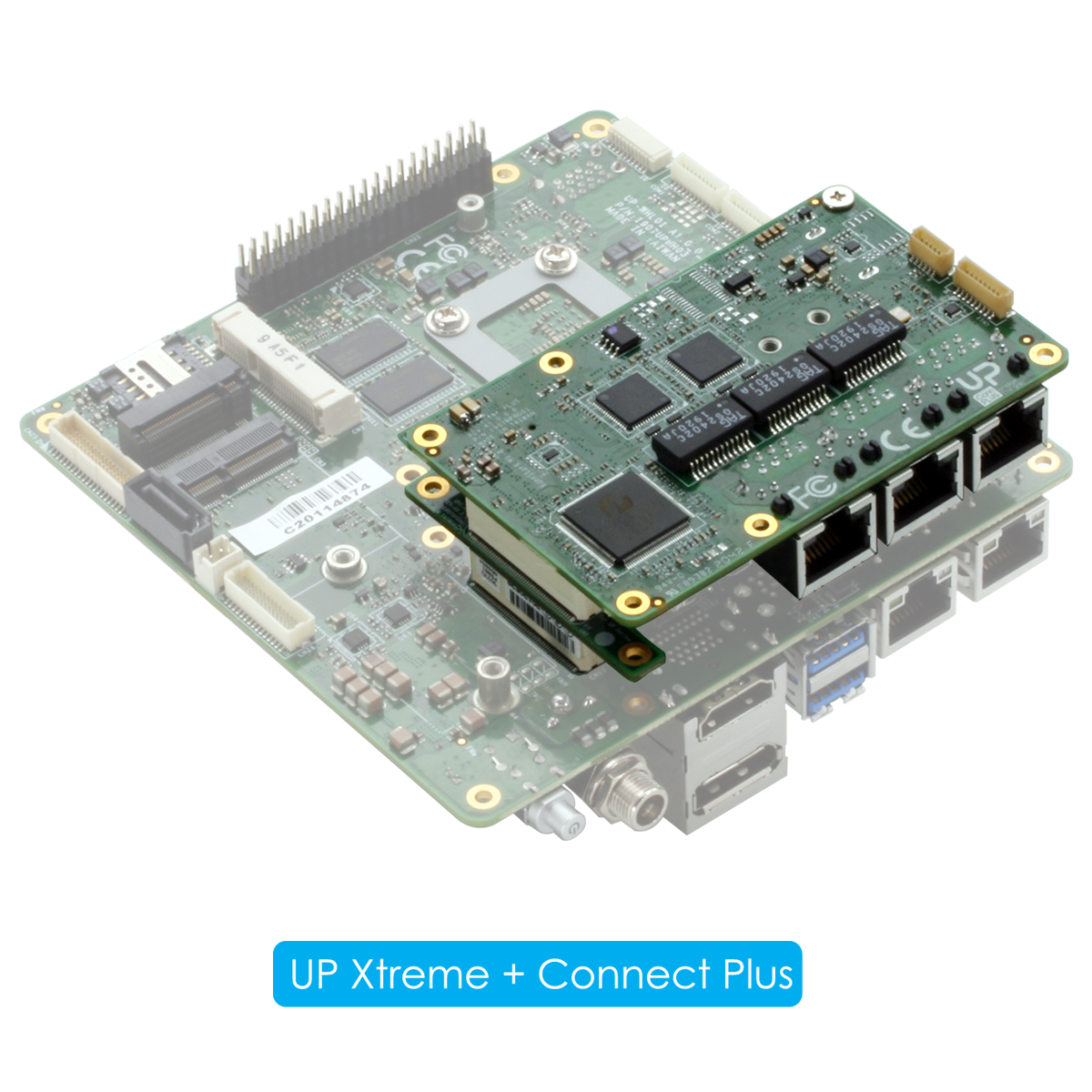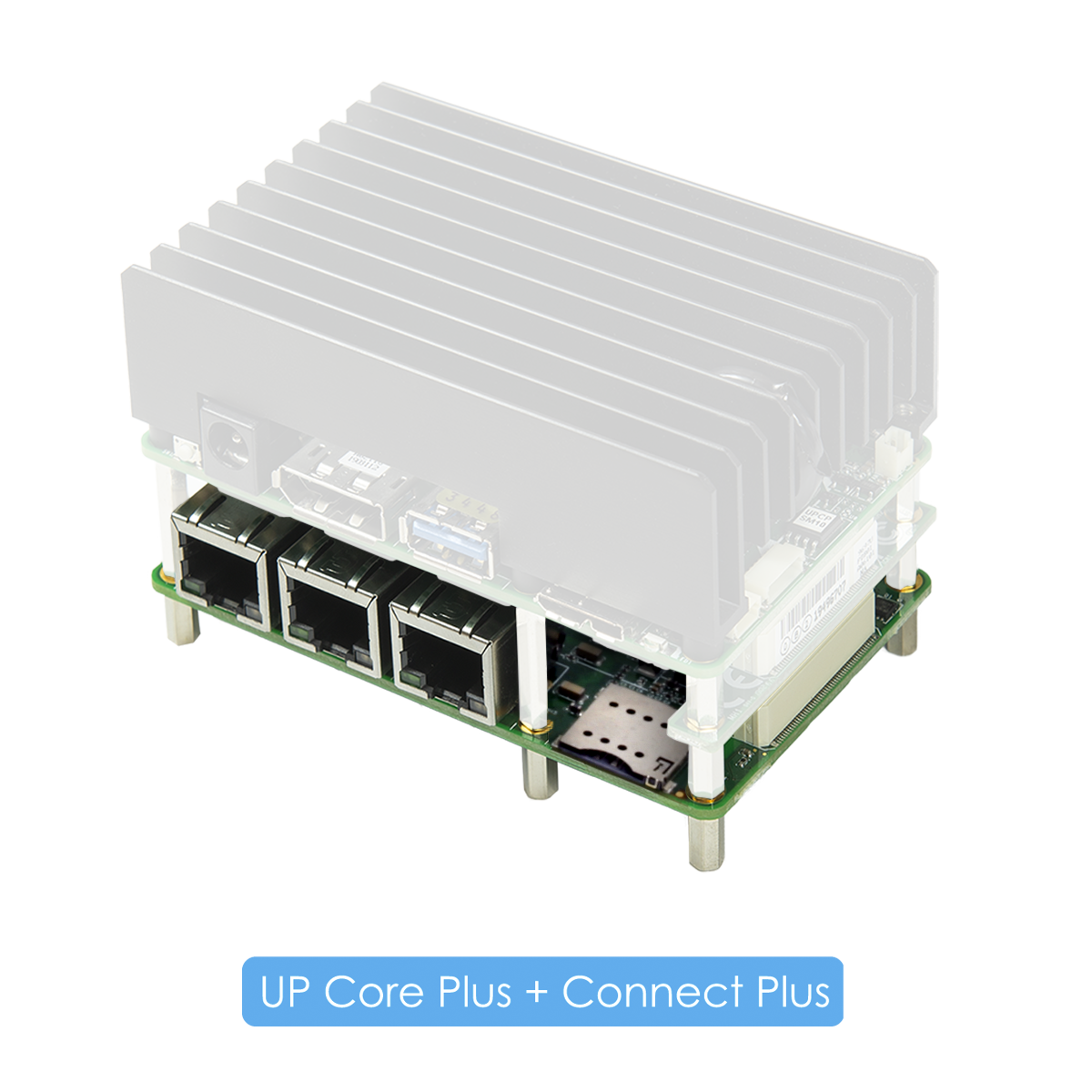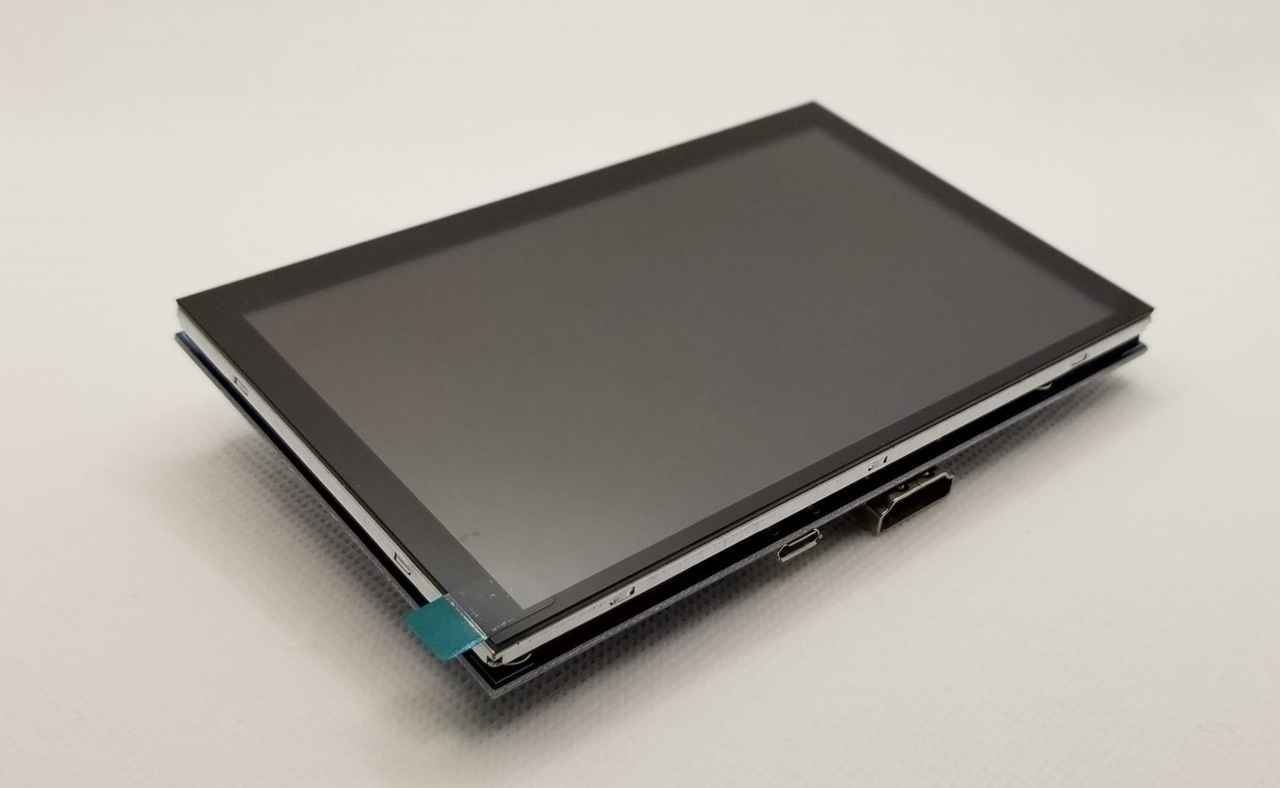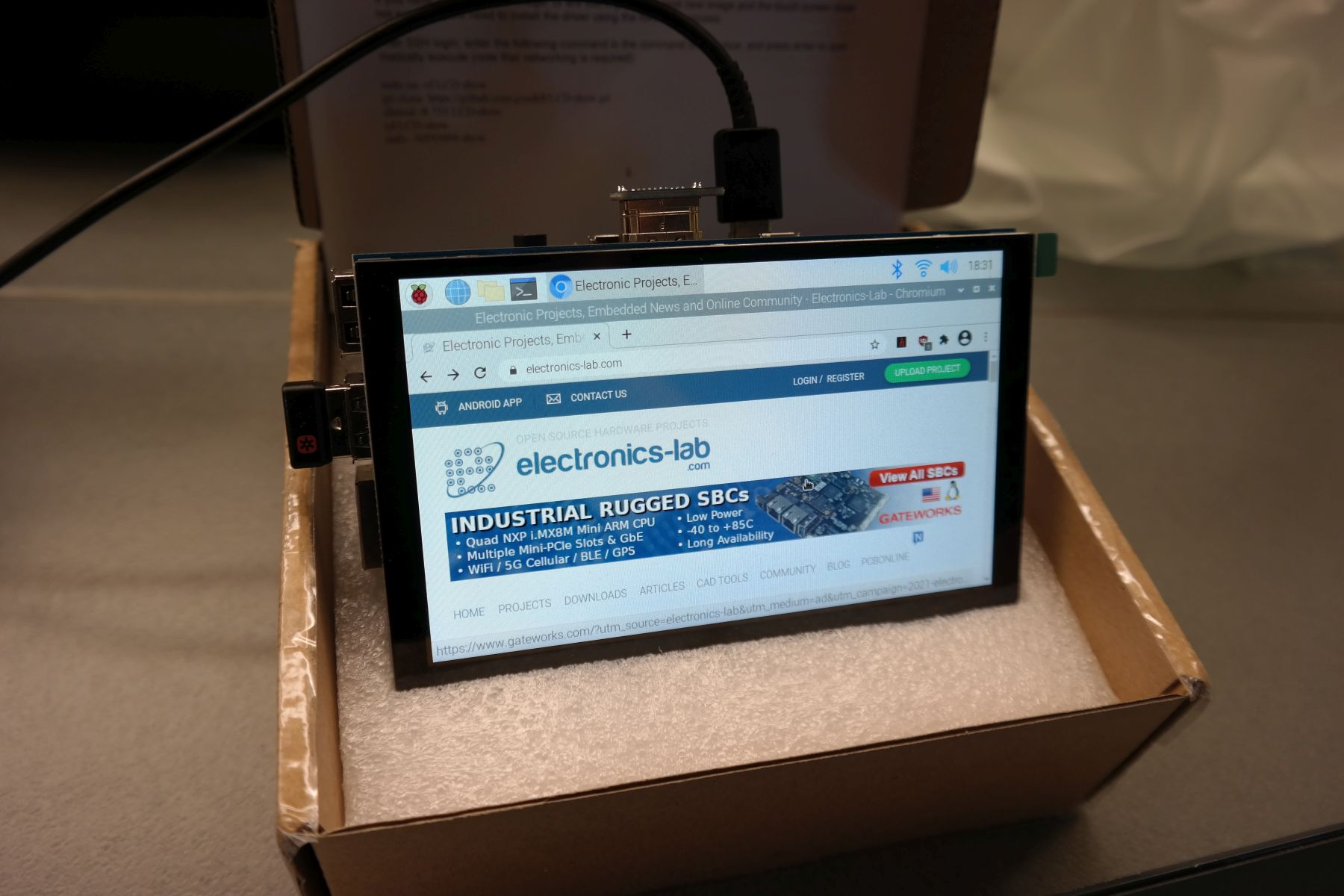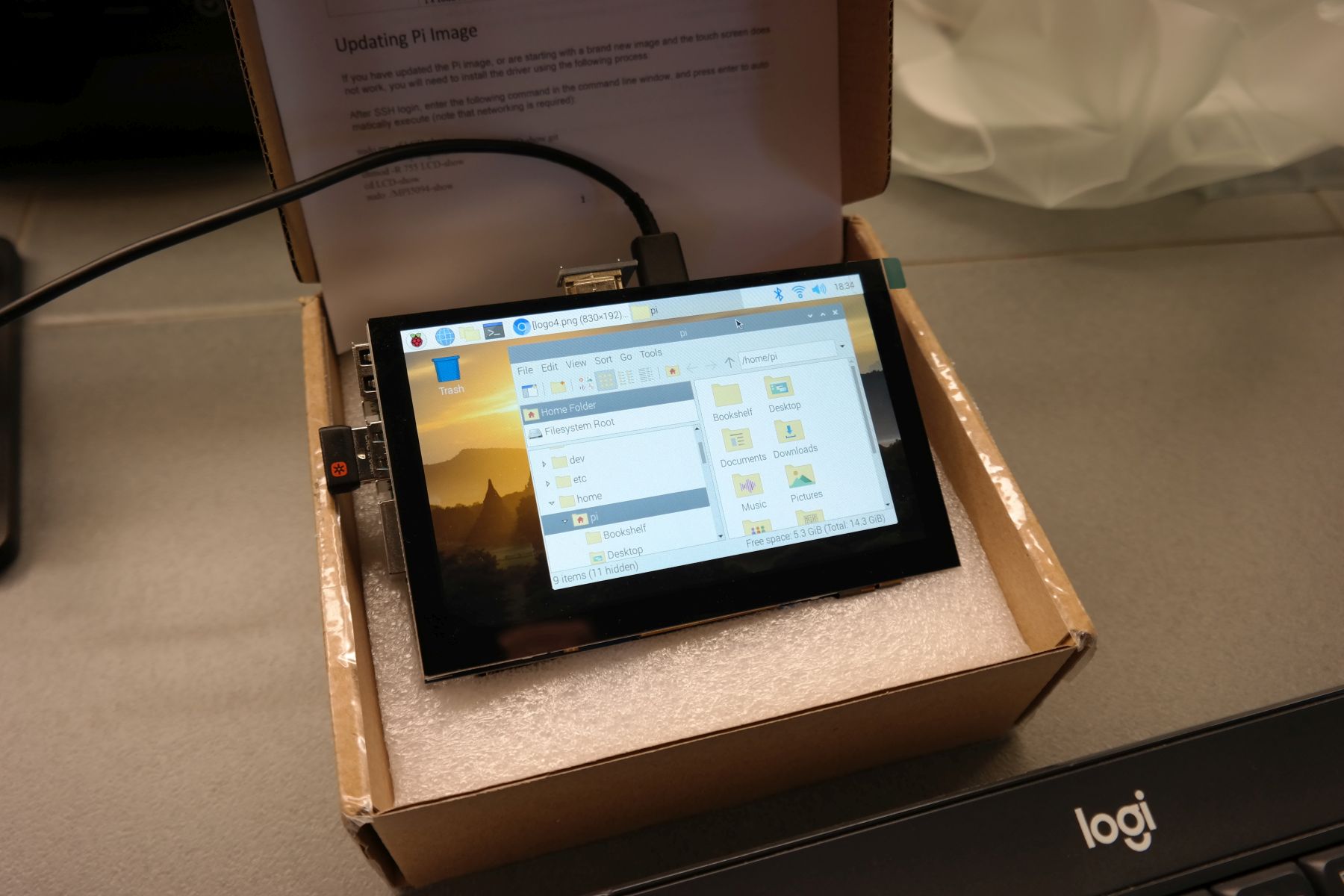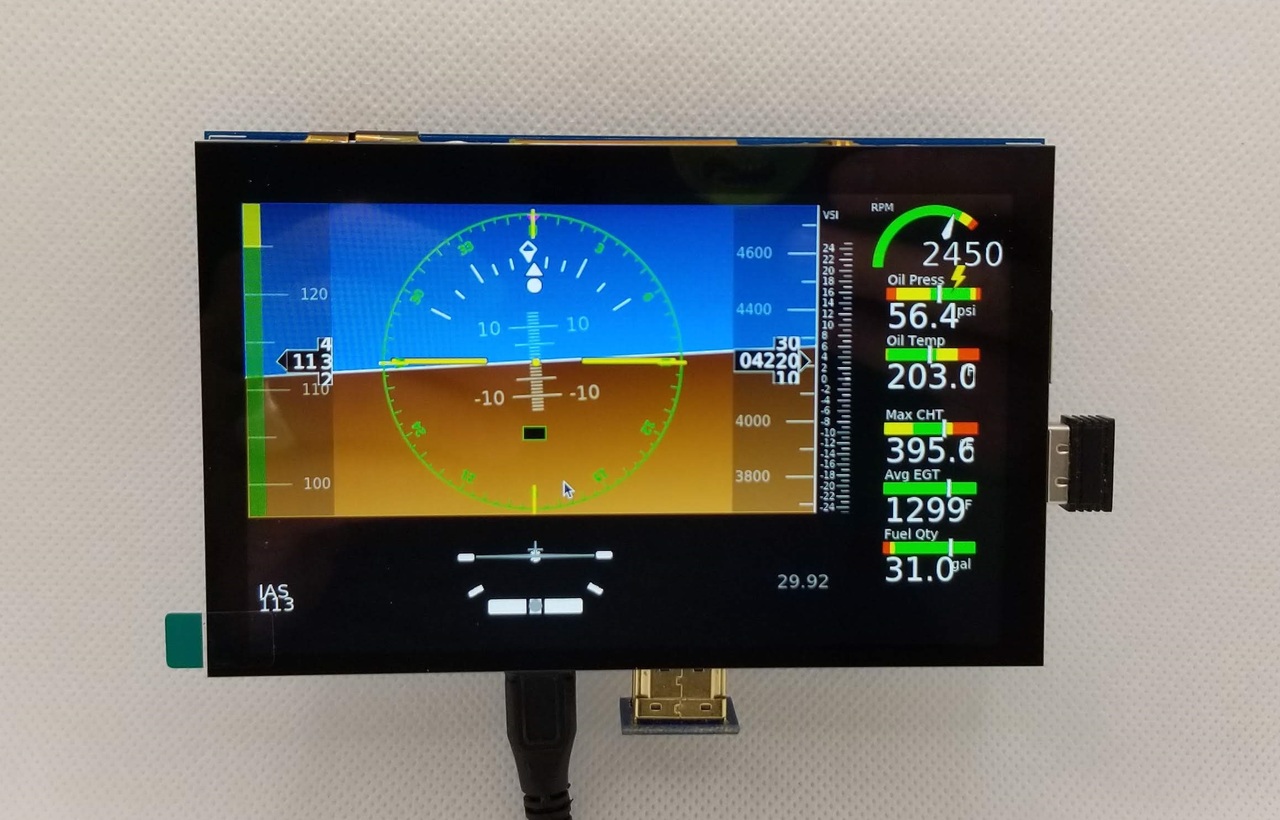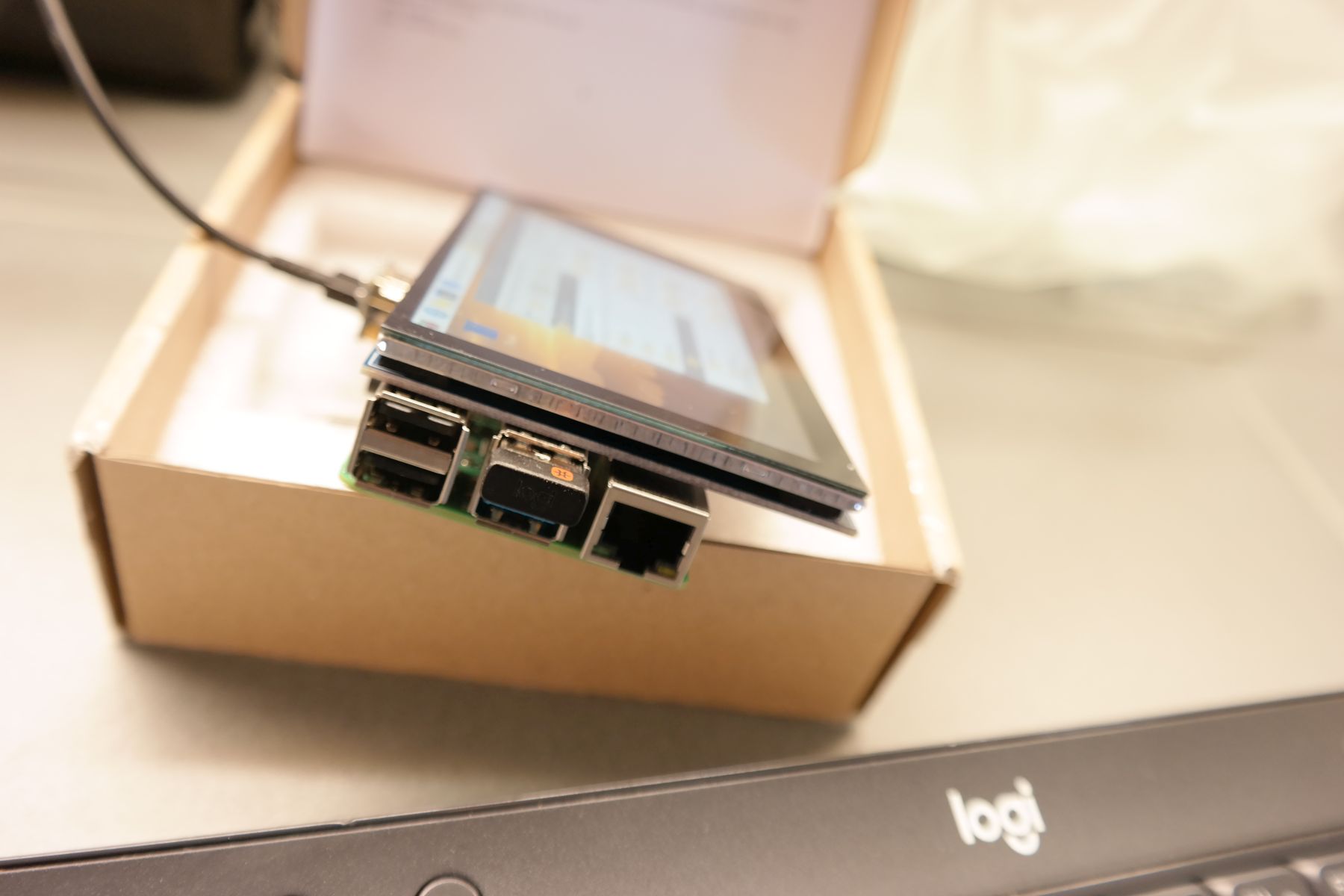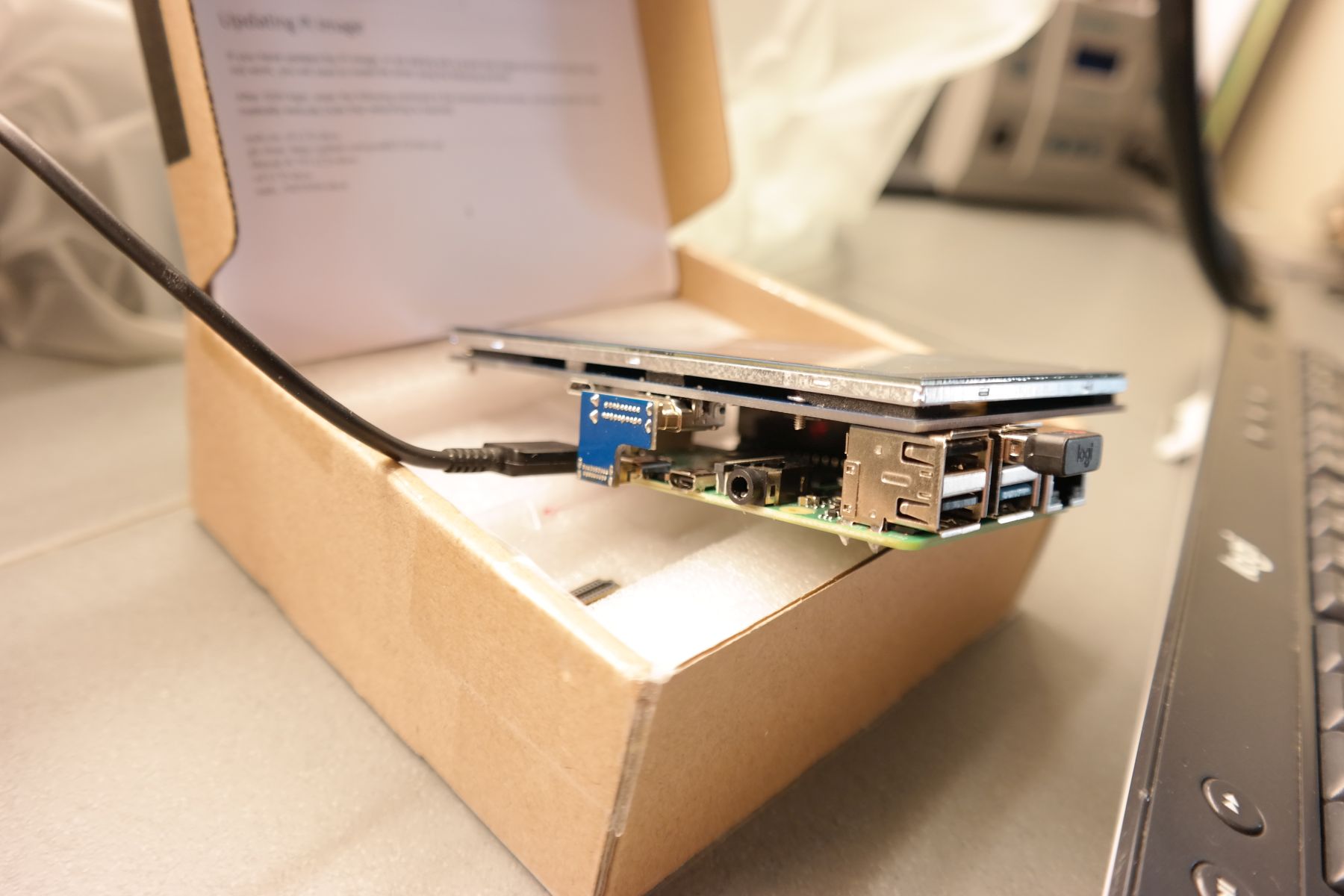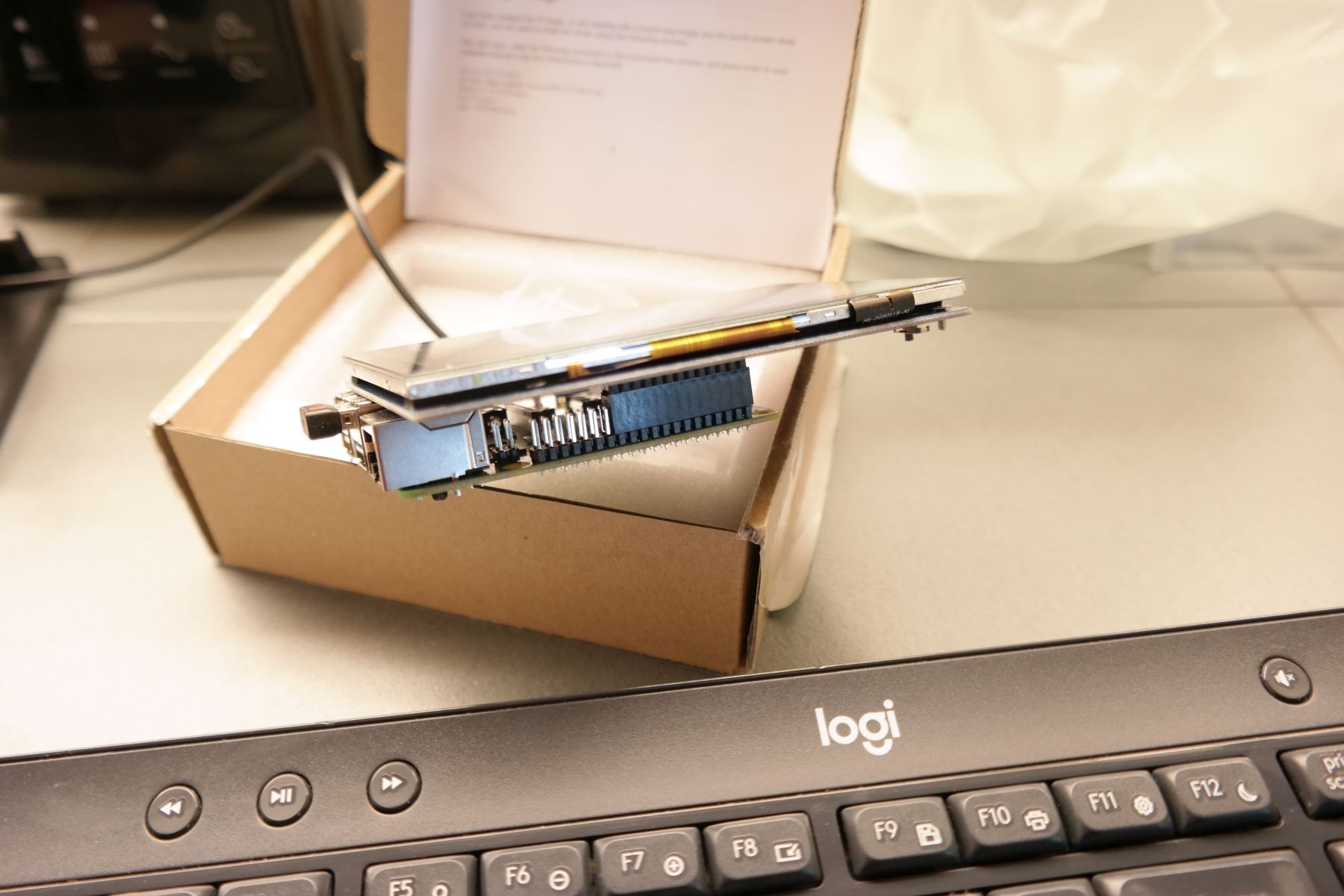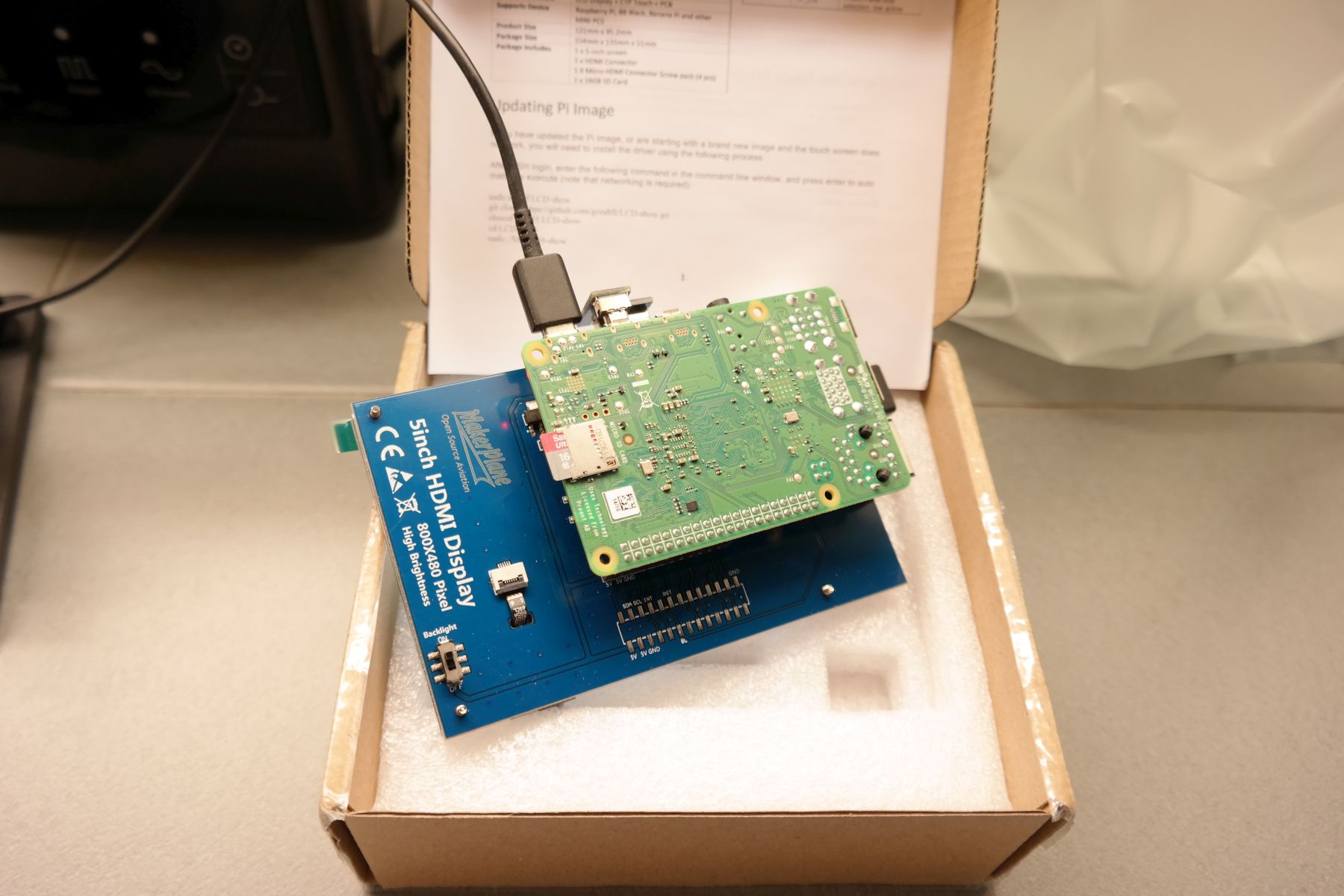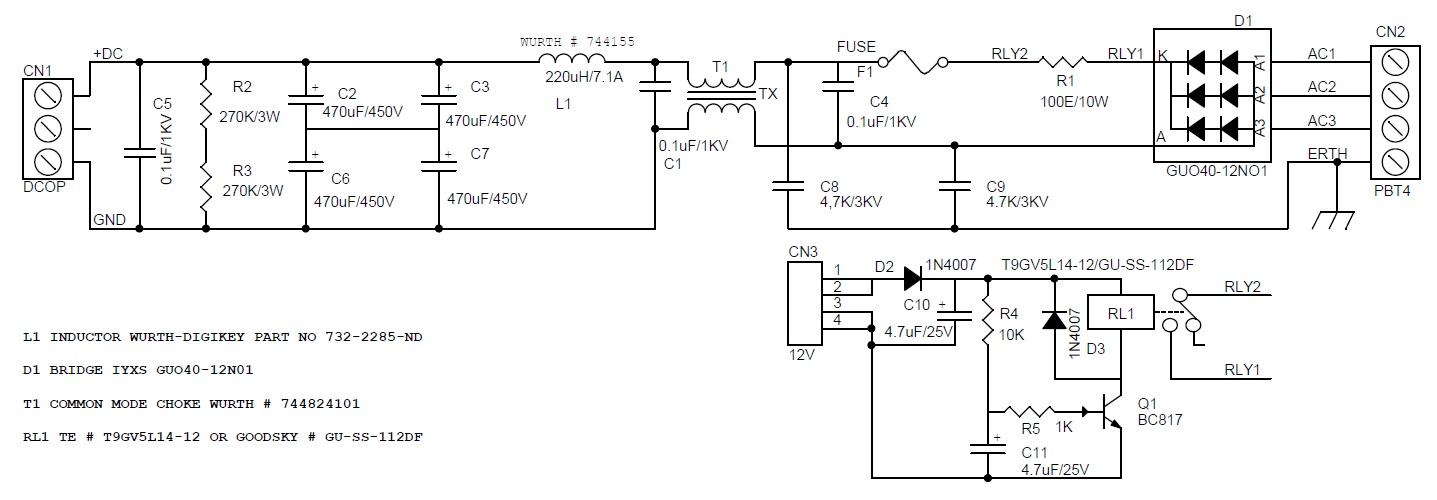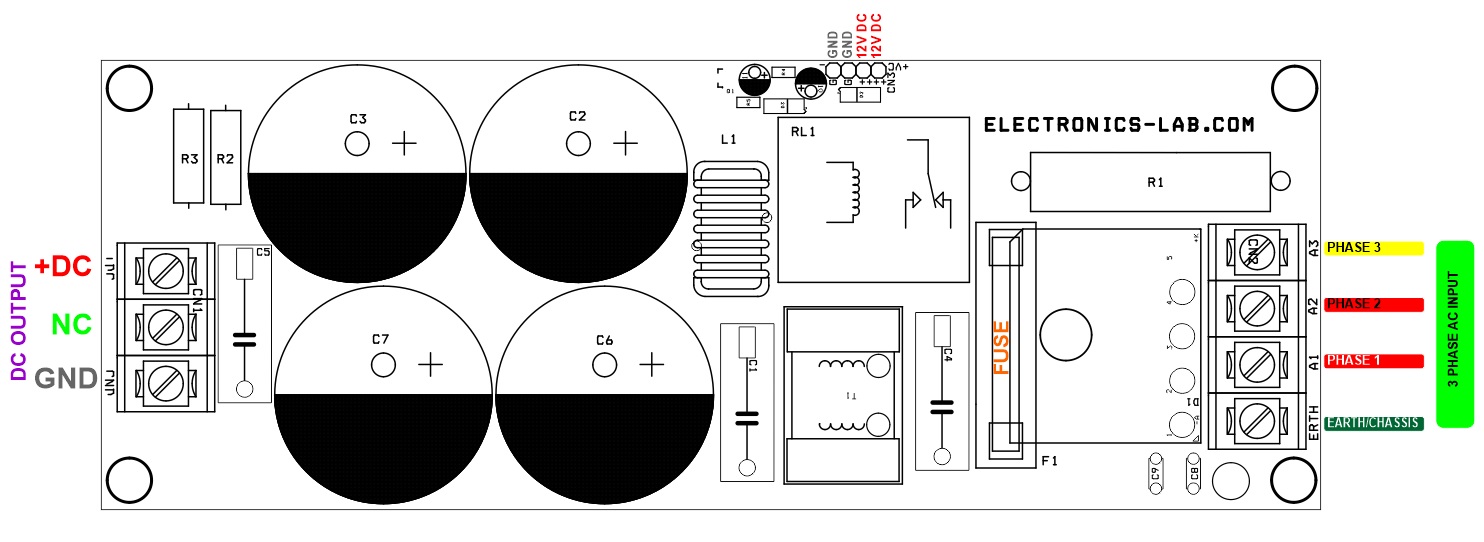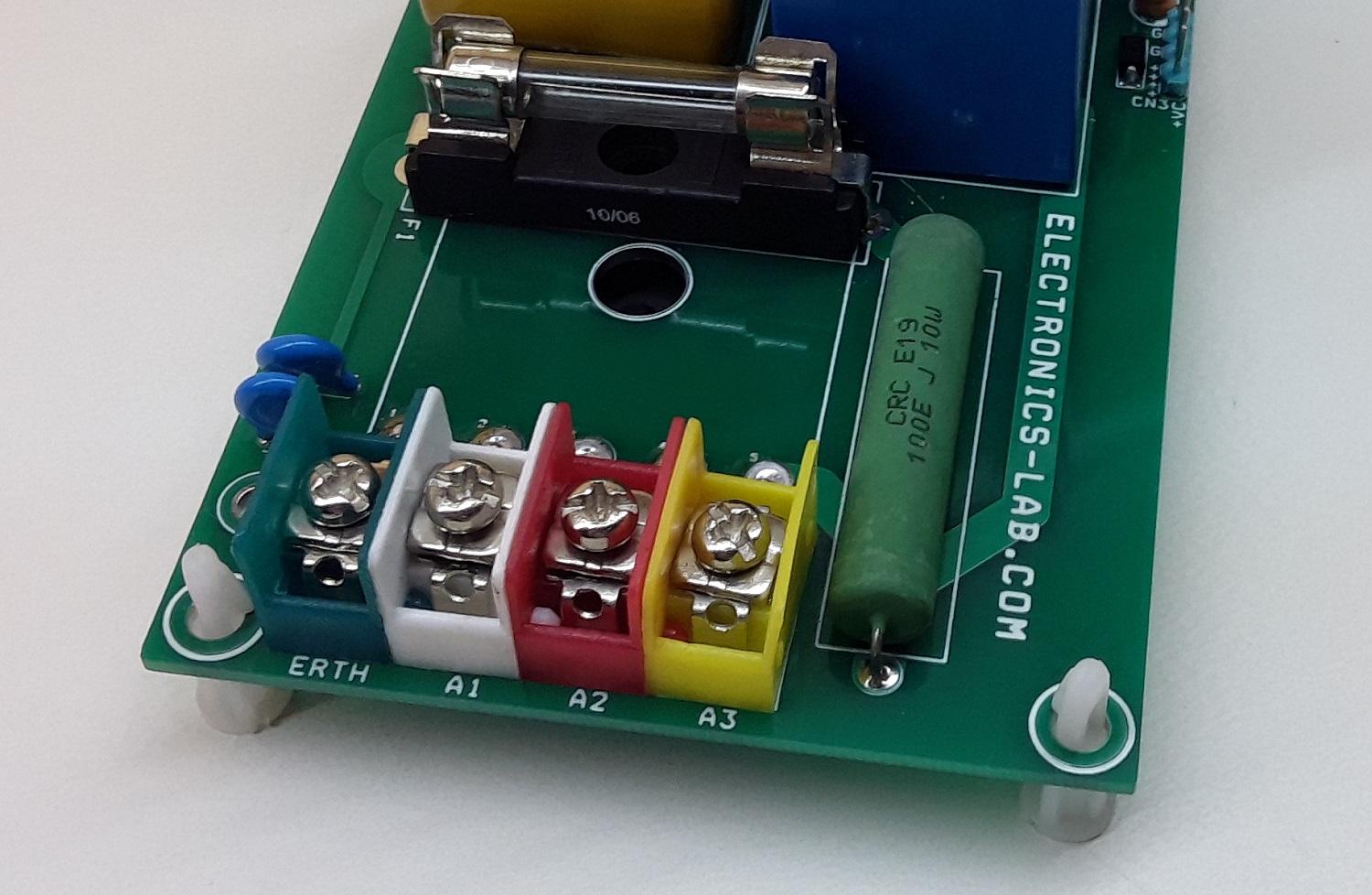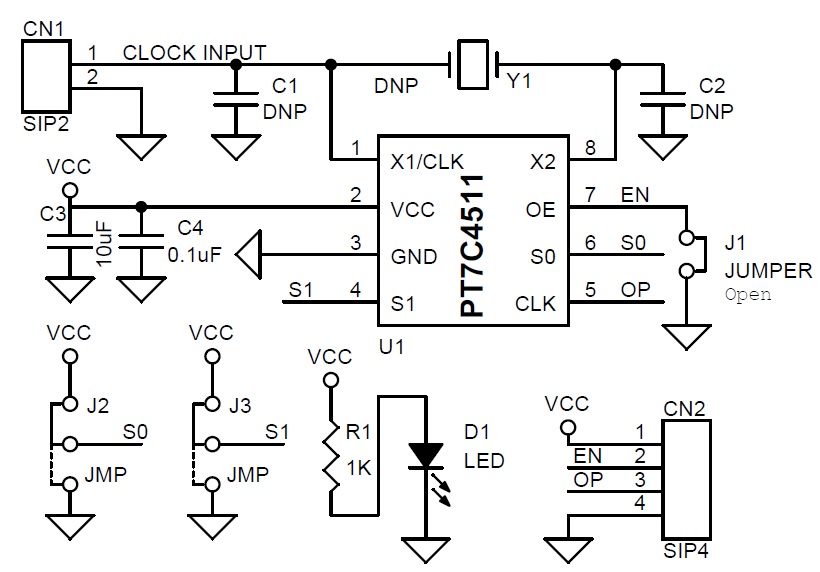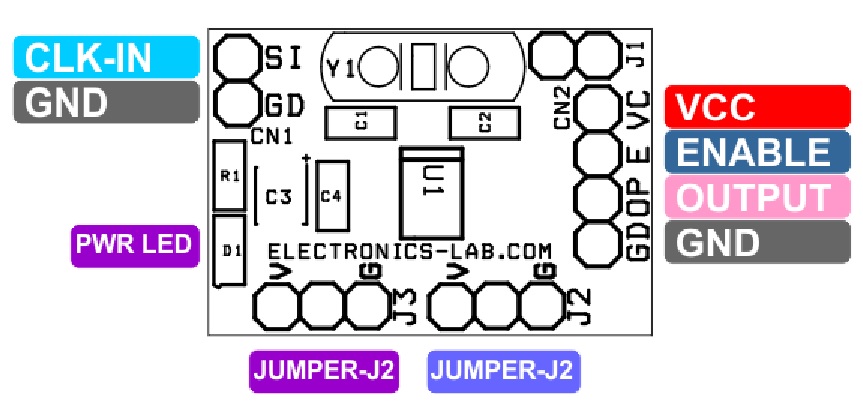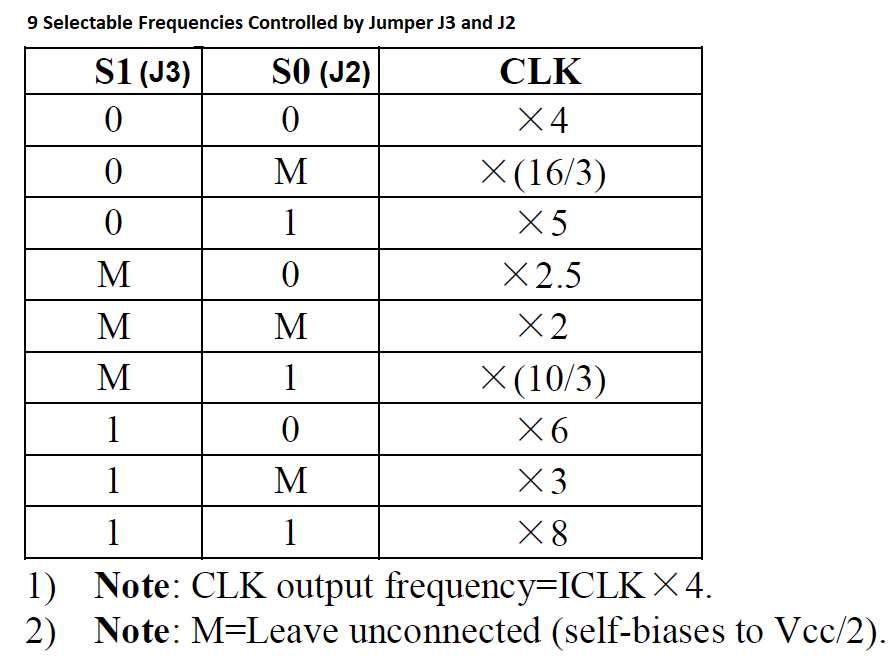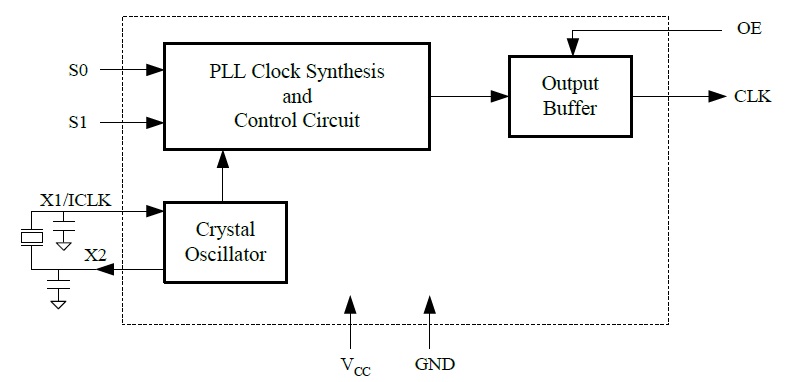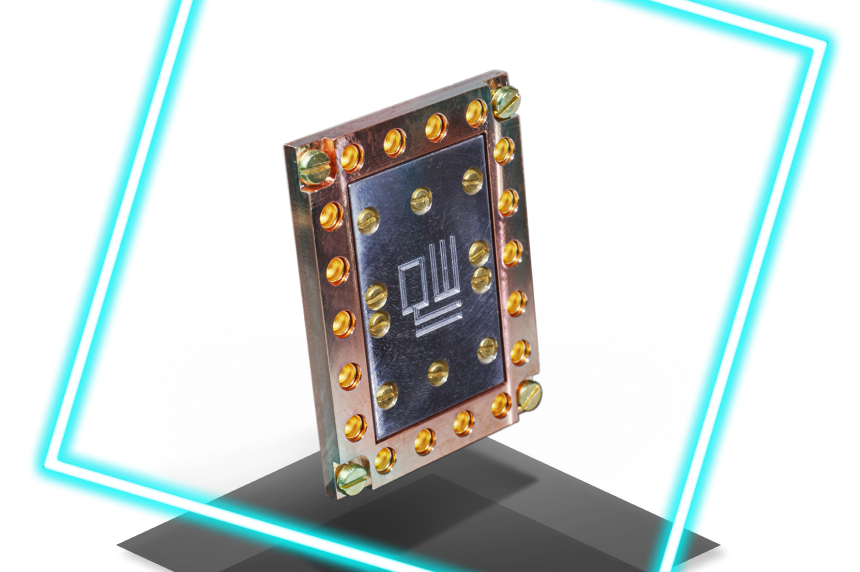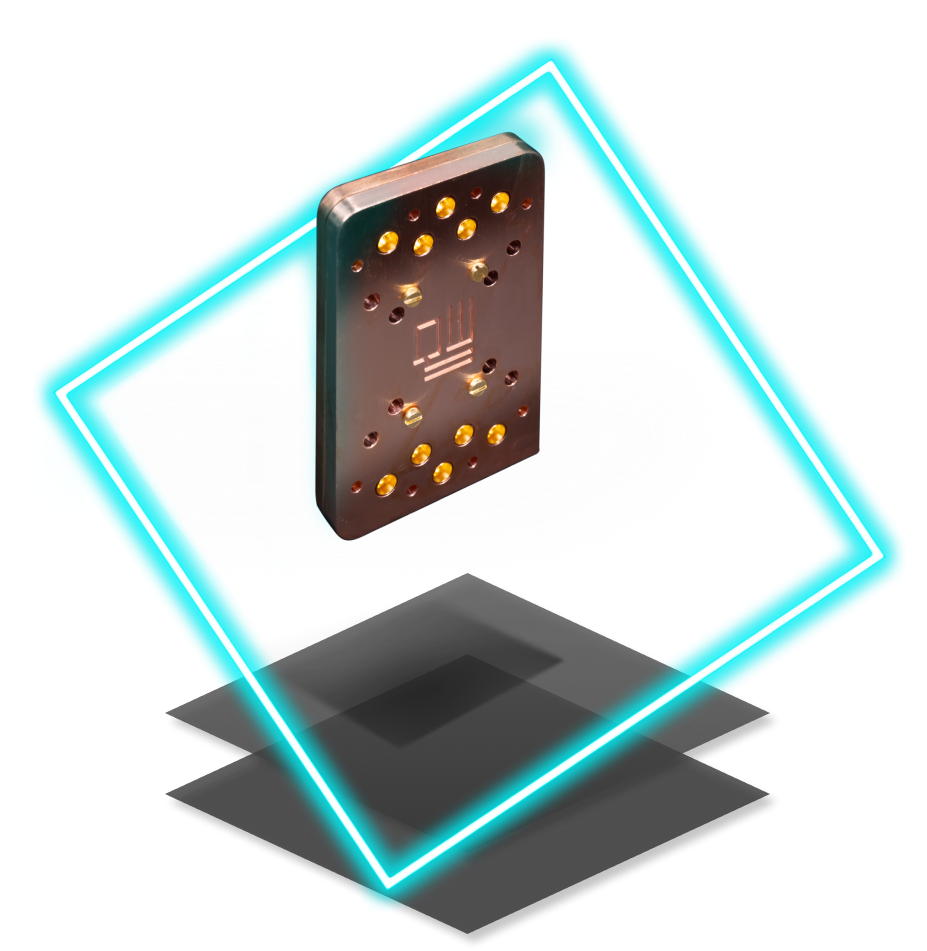The R1810 Boost DC/DC Converter is an energy harvesting solution designed for powering low current consuming IoT devices by extracting energy from Photovoltaic cells. Target applications include wireless sensors, home and building automation, remote monitoring, presence detection, industrial equipment controls and more.
Tailored specifically to replace the conventional batteries with power supplies operate with photovoltaic cells, the R1810 Boost DC/DC Converter starts up with only 9µW provided from a single cell photovoltaic element. The new IC with its ultra-low power consumption and high-efficiency features enable storing power from any type of 1 cell photovoltaic element. Its start-up voltage is only 0.5 V and once started, the operation continues even if the input voltage drops below 0.2 V. Moreover, it has a high-efficiency performance of 66% at 5 µA output current (Vin=0.5V, Vset=2.6V).
An internally fixed maximum power point voltage (VMP) and output voltage setting (VSET) of the device helps in optimizing the performance of the electrical circuit with respect to the selected energy harvester type. Upon the availability of sufficient energy on the input and increases above the VMP level, the boost DC/DC Converter can transfer energy from the input to the output. On the other hand, when the amount of transferred power exceeds the supplied power from the photovoltaic cell, the input voltage decreases below VMP and the DC/DC converter stops switching.
The converter comes with two monitoring circuits that indicate the status of the conversion process on the respective outputs. First Input Power Good function becomes active when the output voltage level falls below the VOUTUVLO voltage and whether the DC/DC converter stops switching for at least 1.5 seconds. Other Output Power Good function indicates that the output voltage level drops below 50 to 80% of its nominal level, this threshold is internally set and specified by the product version.
The built-in reverse current protection helps in preventing a current flow from output to input when the light on the photovoltaic cell is blocked. In the event of input voltage drop below the output voltage, the high side MOSFET transistor is turned off to avoid a reverse current draining the energy storage capacitor. The R1810 is available in a regular DFN2735-14 or a tiny WLCSP-15-P1 package. Samples and fully assembled + tested evaluation boards can be purchased from our authorized local distributors and online partners such as Mouser and Digi-Key.
more information: https://www.n-redc.co.jp/en/products/dc-dc-switching-regulator/spec/?product=r1810


